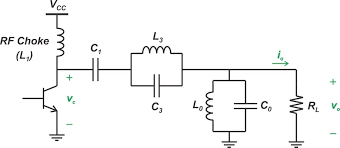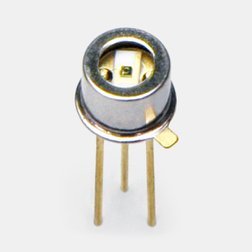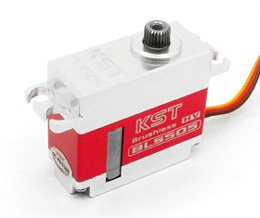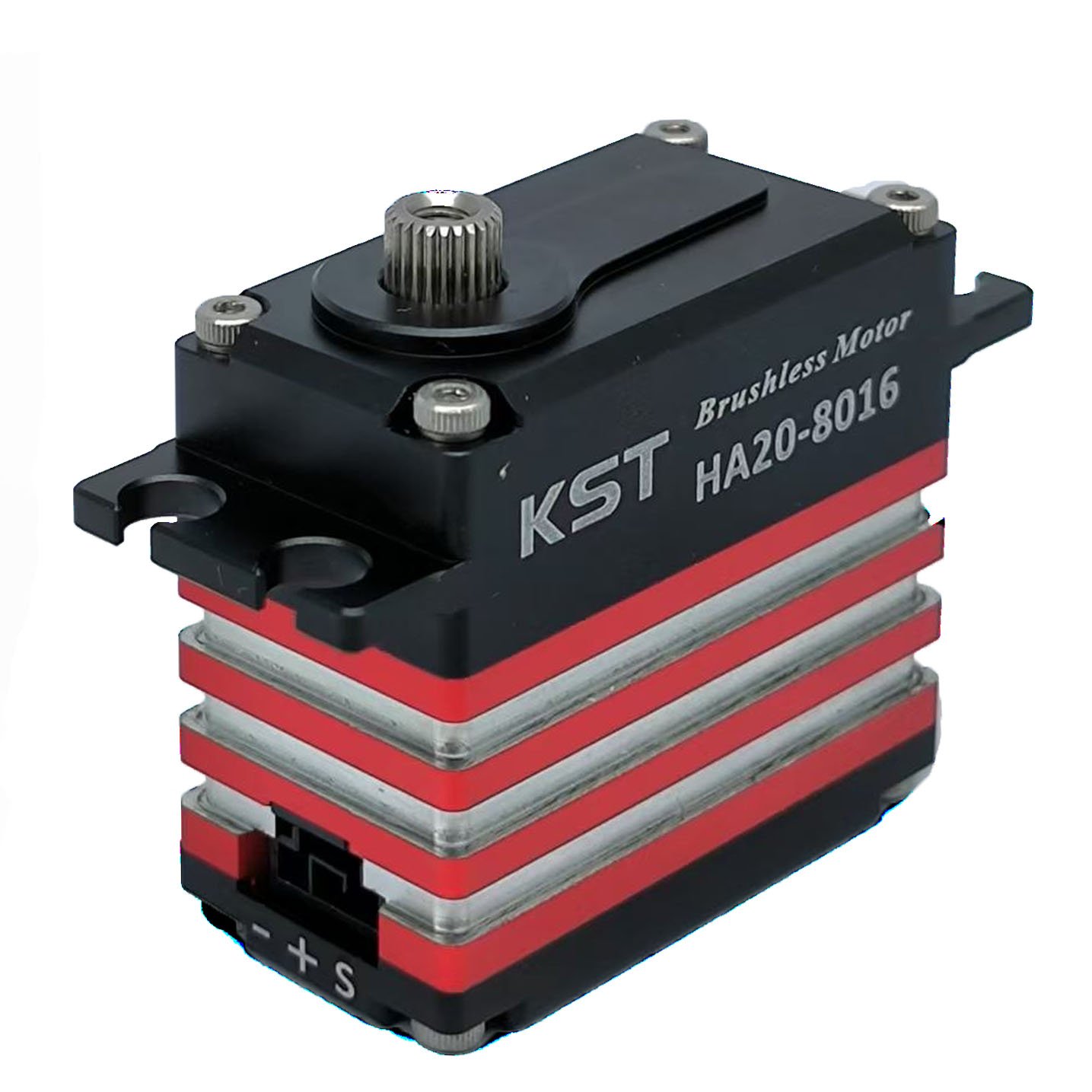Power amplifiers (PAs) are an essential component in modern electronic devices, widely used in fields such as wireless communication, broadcasting, radar, and audio equipment. The primary function of a power amplifier is to amplify a low-power input signal to a sufficient output power to drive a load (such as a speaker or antenna). The efficiency and performance of power amplifiers are crucial design considerations, especially in high-power, high-efficiency, and wideband applications. Among the different amplifier classes, Class F power amplifiers have gained attention for their unique operating principles and excellent efficiency.

1. Working Principle of Class F Power Amplifiers
Class F power amplifiers (Class F PAs) are a type of amplifier that improves power conversion efficiency by precisely controlling the generation and filtering of harmonics. Unlike traditional Class A, B, and C amplifiers, the fundamental idea behind Class F PAs is to introduce harmonic components at the output stage and use appropriate harmonic filters to shape the output signal, making it closer to a square wave, thus improving efficiency.
Specifically, Class F power amplifiers rely on the following key techniques:
- Harmonic Shaping: Class F power amplifiers generate the necessary harmonic components at the output through carefully designed filtering networks. These harmonics interact with the fundamental signal to optimize energy transfer efficiency.
- Efficient Switching Operation: Class F power amplifiers often operate in a switching mode (similar to Class D amplifiers), where the active devices work in fully on or off states, reducing power loss typically seen in linear amplifiers due to gain adjustment.
- Output Waveform Control: The goal of Class F power amplifiers is to make the output signal waveform as close as possible to an ideal square wave, thereby minimizing energy loss during the amplification process and ensuring high efficiency.
2. Characteristics of Class F Power Amplifiers
- High Efficiency: Class F power amplifiers operate mostly in a switching state, meaning they experience less power loss compared to traditional linear amplifiers (Class A and B). This results in significantly higher power conversion efficiency.
- Harmonic Control: Through appropriate harmonic filters, Class F power amplifiers can control harmonic generation, optimizing the output waveform while minimizing electromagnetic interference (EMI) to the surrounding environment.
- Complex Design: The design of Class F power amplifiers is more complex than traditional Class A, B, or C amplifiers. It requires precise filtering and harmonic shaping, and these amplifiers are typically used in high-frequency applications.
- Wideband Applications: Class F amplifiers are particularly suitable for applications requiring high efficiency and wide bandwidth. In wireless communications, for example, Class F amplifiers can provide efficient power amplification while maintaining signal quality.
3. Applications of Class F Power Amplifiers
Class F power amplifiers are primarily used in the following fields:
- Wireless Communication: With the development of 5G, satellite communications, and other technologies, Class F power amplifiers have become an important component in modern wireless communication systems due to their high efficiency and wide bandwidth. They are commonly used in base station transmitters and other high-power transmission systems.
- Broadcast Systems: In FM radio, digital broadcasting, and other applications, Class F power amplifiers provide high-efficiency signal amplification, reducing energy wastage and lowering operational costs.
- Radar Systems: Radar systems require high-power signals for target detection. The high-efficiency characteristic of Class F amplifiers makes them ideal for signal amplification in radar systems.
- Audio Amplifiers: Although Class F power amplifiers are less commonly used in traditional audio amplification, they still find applications in systems where high efficiency is required, such as automotive audio and portable speakers.
4. Challenges of Class F Power Amplifiers
Despite the numerous advantages of Class F power amplifiers, their design and implementation come with several challenges:
- Harmonic Distortion: While harmonic shaping is central to increasing efficiency, improper harmonic control can lead to distortion, affecting the output signal quality. Designers must carefully control the harmonic filters to maintain amplifier linearity and signal quality.
- Complex Circuit Design: The design of Class F power amplifiers requires precise circuit optimization, especially in high-frequency and high-power applications. The complexity of the design can make the development process more challenging.
- Higher Cost: Due to the complexity of the design, including harmonic shaping, filtering, and switching components, the manufacturing cost of Class F power amplifiers is typically higher, which may limit their use in low-cost applications.
5. Future Development
As communication technologies continue to advance and the demand for high-power, high-efficiency amplifiers increases, Class F power amplifiers are expected to play an even more significant role. In the future, the design of Class F power amplifiers is likely to evolve toward higher efficiency, smaller size, and lower cost, especially in applications such as wireless communications and smart devices.
Moreover, as digital signal processing technologies continue to advance, the design of Class F power amplifiers will become more flexible and intelligent, enabling more precise harmonic control and waveform shaping, leading to better performance and higher system integration.
Conclusion
Class F power amplifiers, with their innovative harmonic control and efficient operating principles, are becoming an important direction in modern power amplification technology. While there are challenges in design and implementation, their high efficiency, low power loss, and suitability for wideband applications make them a vital component in many fields such as wireless communication, broadcasting, and radar. With the ongoing advancements in technology, Class F power amplifiers are poised to further drive improvements in energy efficiency and meet increasingly stringent performance demands.
























